Express Wanderlust: In pictures, the prehistoric burial site of Aihole
Aihole is located about 445 km from Bengaluru and is a village on the right bank of the Malaprabha River in Hungund Taluk of Bagalkot district.
July 5, 2022 18:00 IST 1 / 10
1 / 10There are many hidden gems in India, which hold great historical value, and among them is the prehistoric burial site in Aihole. In this Express Wanderlust gallery, we learn more about the place -- also referred to as Aivalli, Ahivolal or Aryapuram -- which houses ancient and medieval era Buddhist, Hindu and Jain monuments in Karnataka. Scroll down for more.
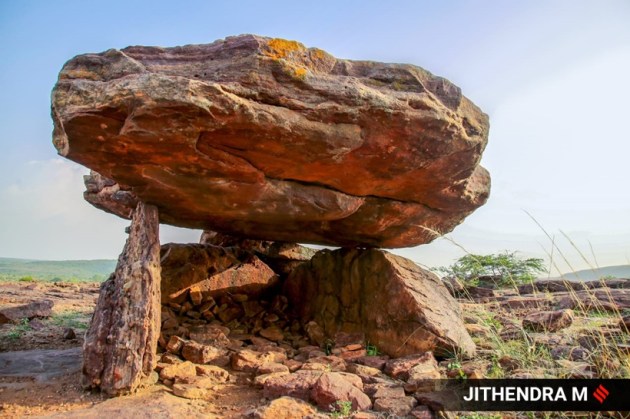 2 / 10
2 / 10Aihole is located about 445 km from Bengaluru -- the capital of Karnataka -- and is a village on the right bank of the Malaprabha River in Hungund Taluk of Bagalkot district. It is known for its temples and temple complexes built by the Chalukyas. (Express photo by Jithendra M)
 3 / 10
3 / 10Aihole flourished and was celebrated for its temple architecture under the reign of Western Chalukyas, also known as the Badami Chalukyas, who ruled during the 6th and 8th centuries. Temples continued to be built here until the 11th or 12th centuries AD under the Chalukyas of Kalyan. (Express photo by Jithendra M)
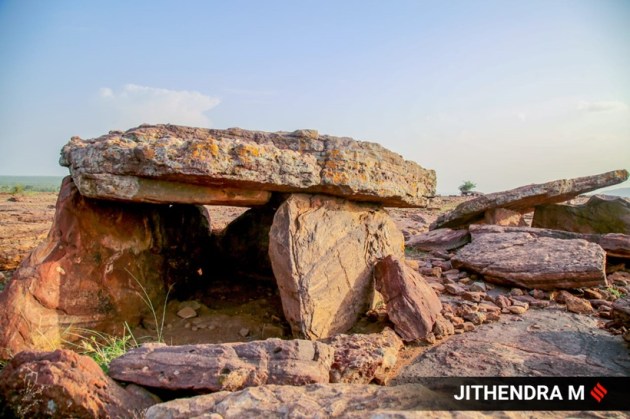 4 / 10
4 / 10Aihole -- along with Pattadakal and Badami -- situated along a 25km stretch of the Malaprabha River, is considered to be foundational for early temple architecture, with monuments ranging from the cave temples of Aihole and Badami to the numerous structural temples that mark these three sites and several other locations nearby. (Express photo by Jithendra M)
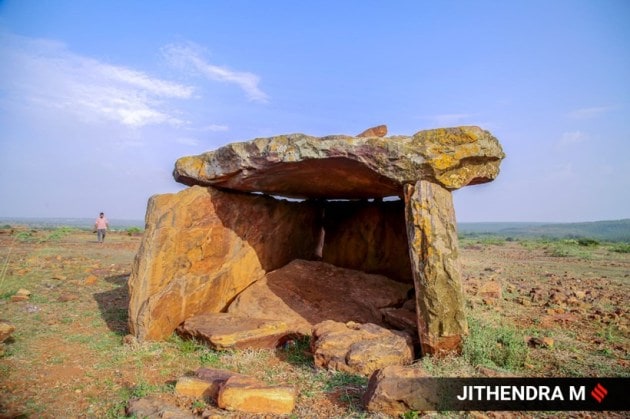 5 / 10
5 / 10Aihole is also popular for its 40 dolmens -- a single-chamber megalithic tomb -- located between the Meguti Temple, at the southern part of the settlement at Aihole, and the rock-cut Jain cave. (Express photo by Jithendra M)
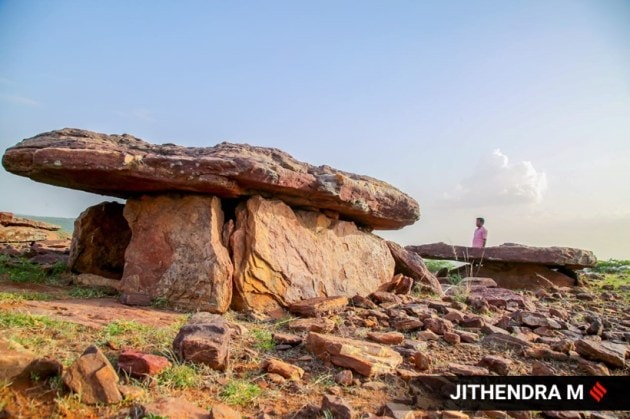 6 / 10
6 / 10The rough-looking stones are believed to date back to the Iron Age (approximately 1200 BC -- 500 BC). As mentioned earlier, they are called dolmens that belong to a class of structures called 'megaliths', which were erected all over southern India mostly during Iron Age, followed by the early historic period. (Express photo by Jithendra M)
 7 / 10
7 / 10According to a research titled 'The Chalukyan Architecture of the Kanarese Districts' by archaeologist Henry Cousens, these megaliths are standing stones, or part of one, which were likely erected as huts to live in and, perhaps, by stone workers entrusted with building Meguti Jain Temple. (Express photo by Jithendra M)
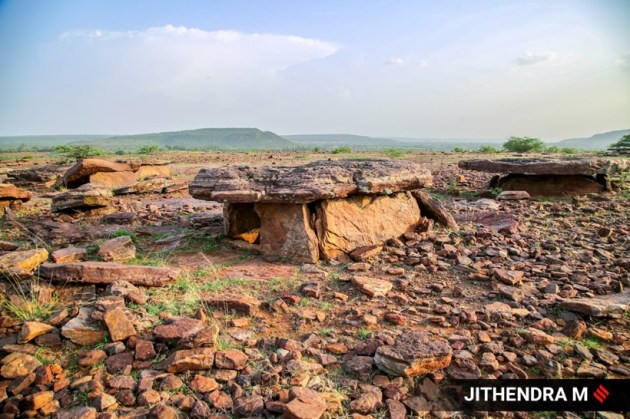 8 / 10
8 / 10Today, it is largely believed that the megaliths either hold the mortal remains of a person or commemorate the dead. (Express photo by Jithendra M)
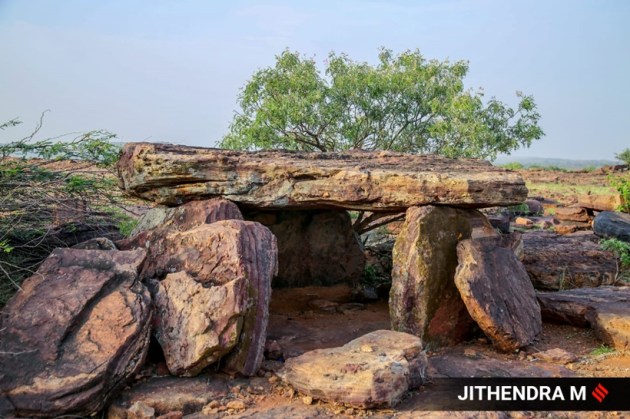 9 / 10
9 / 10It is also said that with the presence of many megaliths and extensive construction activities in the area, the temple builders acknowledged the cultural significance of these structures and left them undisturbed, along with the dead people that lay here. (Express photo by Jithendra M)
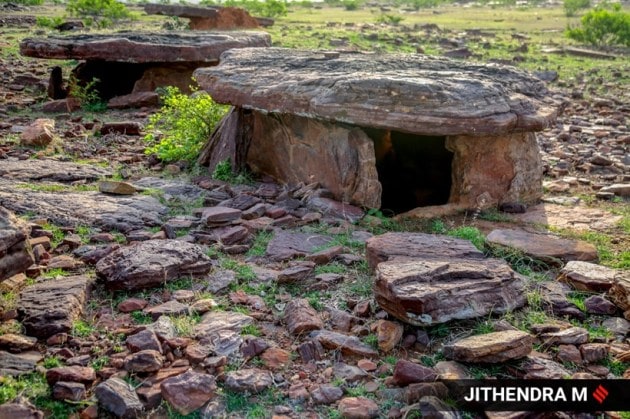 10 / 10
10 / 10Some of the earliest spotted megaliths are in the Galaganatha Temple complex -- a cluster of 16 temples. On the southwest side of the temple lie the megaliths, which are flanked by the Ramalingeshwara Temple cluster on the bank of the Malaprabha River. (Express photo by Jithendra M)











